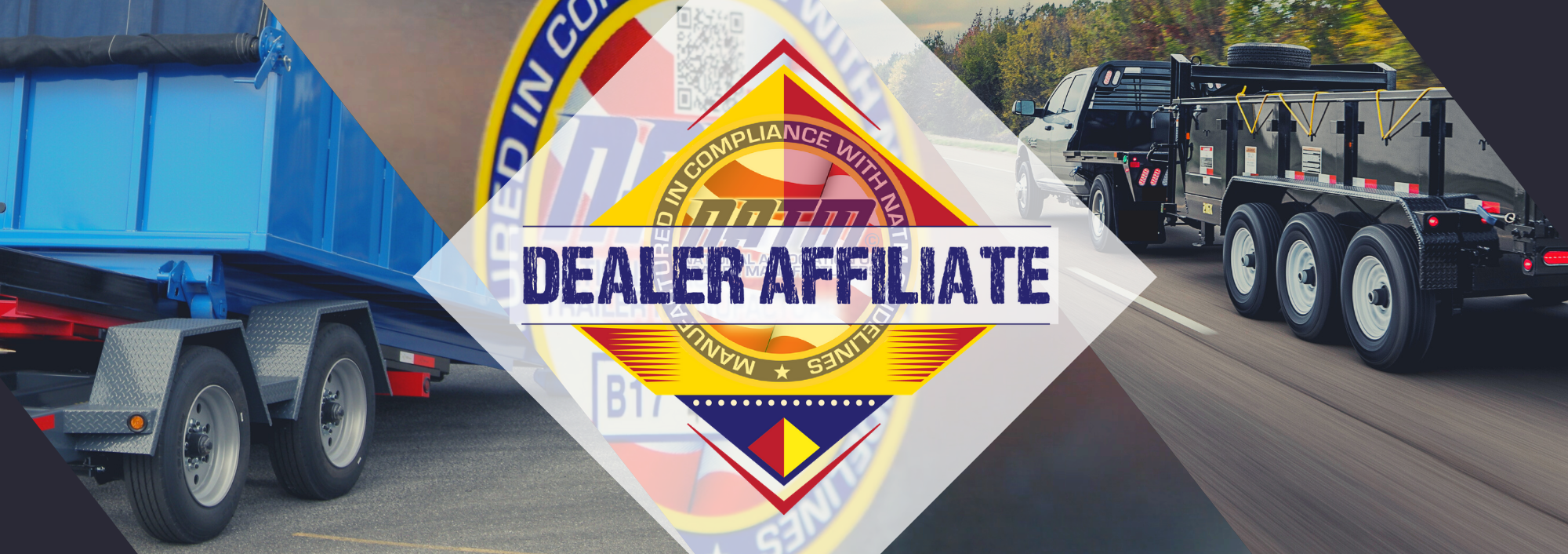Radial versus Bias Tires: Choosing the Right Product

Whenever trailer tires are discussed, it is important to remind people that there are followers and leaders in both life and the tire industry. Whether you use a bias ply tire or a radial tire, remember trailer tires, ST’s, are followers, not leaders. Trailer tires, both bias and radial, are designed specifically to handle the stress and dynamics of towing. Unlike passenger car tires used for towing applications, sidewall flexing, one of the major causes of swaying during trailer operation, is controlled by trailer tire construction. Another thing that sets trailer tires apart from passenger car tires is that tires of equivalent size would have significantly different load-carrying capacities. As a result of trailer tire construction, either bias or radial, the trailer tire would carry more load than the passenger equivalent. It is also important to remember that when a passenger car tire is used on a trailer you need to reduce the load rating inscribed on the sidewall by 11 percent due to the tire construction differences.
Trailer tires are required for towing applications, but how do you choose between bias and radial tires for your trailer products? There is no right or wrong answer to this question. Both tires are designed for the task at hand, and whether you select bias or radial, the load rating for each size is equivalent in either models. Not to say there aren’t differences that may help you in the decision-making process. Let’s consider the differences.
Basic tire construction is different between bias and radial tires. A bias ply tire is built with a 30 to 45-degree cord angle to the center line of the tire. A radial tire is built with cord at 90 degrees to the tire’s centerline. The 90-degree construction allows for more surface contact with the radial while the bias tire rides more on the center crown of the tire. The tire footprint is dictated by the basic tire construction. The larger radial footprint allows more ground contact for more even tread wear with the load distributed over more area. More surface contact also allows for the tire heat, which builds up during use, to be distributed over more of the tire’s surface. As a result, a radial tire will run cooler during operation and in many cases provide longer wear.
Analysis of the specific application your trailer will be used for is a significant deciding factor in your tire selection. A radial tire most certainly has it merits, but a bias tire also has its advantages. The sidewall on a bias tire is more rugged and “bruise” resistant. The stiffer sidewall on a bias tire also performs extremely well on rough terrain. Generally speaking, a bias tire ply is less costly than its radial brother. This could be an important consideration in a trailer application because many trailers are used infrequently, minimizing some of the radial’s benefits.
Some rules of thumb to consider: rough terrain, short travel distances, infrequent trailer use, and cost consideration, bias may be the right choice. Long travel distances, highway use on paved surfaces, no budget considerations and smooth ride requirements, radial is an ideal choice.
Whether you choose radial or bias your tire of choice will perform to it maximum efficiency if you keep it properly inflated, don’t overload your trailer, distribute your cargo evenly, and protect your tires from damaging UV sun rays when not in use.
